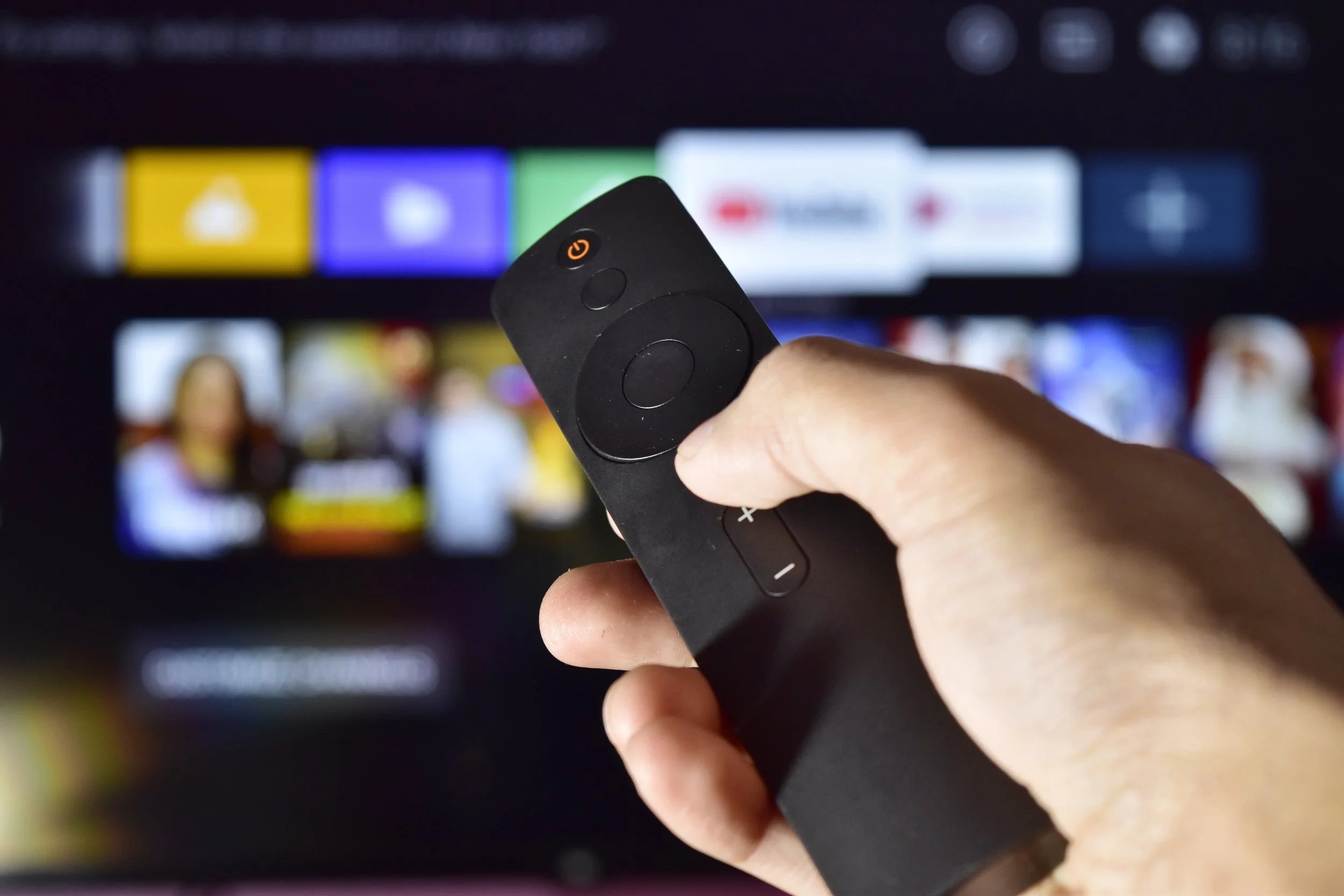Mastering Frequency Capping In Streaming Is Tricky – But Here’s Some Advice
image source: iStock
Author: Alyssa Boyle Source: AdExchanger
Streaming ad frequency is still a head-scratcher – and a big challenge – for advertisers.
So, MAGNA and Roku released a joint study this week to give buyers some advice about how to approach it – including when to dial it down and when to turn it up.
“Frequency is [still] a burning question for clients,” says Kara Manatt, EVP of intelligence solutions at MAGNA. Advertisers ask a lot of detailed questions about it, like how many different creatives they should have depending on campaign length, for example.
But buyers can save money on campaigns if they identify opportunities to lower frequency without negatively affecting results, Manatt says, “and they can use that extra money to reach more potential customers.”
MAGNA and Roku’s joint research tracked the impact per additional ad exposure on ad recall, brand perception and purchase intent for roughly 37,000 survey respondents who saw a MAGNA-run campaign on a Roku device between 2021 and 2023.
When less is more
The study used 10 to 15 exposures per viewer per campaign as a baseline frequency count for when advertising generally has a positive impact on brand recall.
Luckily for viewers, though, some advertisers have an incentive to drop ad repetition below that range.
Advertisers targeting an audience already in market for a product (as opposed to running an awareness campaign) have more influence on recall and purchase intent early on in a campaign – meaning buyers don’t need to reach in-market viewers as many times as they would a more general audience, Manatt says.
In fact, they can reduce their campaign costs by as much as 67% by lowering the frequency rate to four down from 15, which is better suited for a broader audience. Those savings help offset the costs of the third-party data required for targeting an in-market audience, says John Taveras, director of ad measurement and analytics at Roku.
Brands that want to reach only existing customers can lower exposure counts even more. Just two or three impressions is enough to reignite purchase intent before the effect per exposure starts to drop.
Less established brands can also achieve spikes in ad recall quickly because of their novelty. Frequency rates between one and seven have a material impact on recall for less mature brands (although, past that, recall stops growing). Verticals like financial services and consumer-packaged goods also hit peak impact before the 10th impression.
Turning up the volume
But, unfortunately for viewers, there are also some advertisers that benefit from heavier frequency (over 15).
Higher ad counts are effective for customer acquisition campaigns, for example. Additional exposures increase ad recall for prospective customers even past the 20th exposure, according to the report.
And for some verticals, the sky is apparently the limit. Automotive ads, for example, continue to have a positive impact on ad recall even past the 20th (!) repeat impression.
Still, repeating ads isn’t without risk: They could annoy viewers enough to potentially jeopardize brand favorability and purchase consideration. That’s why the spacing between ad exposures is “critical,” MAGNA’s Manatt says.
“High frequency can be really good for brands – if the [ads] are spaced out appropriately,” Manatt said. For example, serving the same ad to the same viewer 15 times in a week is too much, she said, whereas 15 exposures over the course of a month would be more acceptable.
That difference is also why MAGNA and Roku recommend that advertisers going the repetition route spread out their campaigns over longer periods of time, such as three to five months as opposed to just one.
Whichever path a brand chooses – even if it means bombarding some viewers to the brink of blacklisting a brand – it’s because there’s research indicating that, in the long term, it works.


